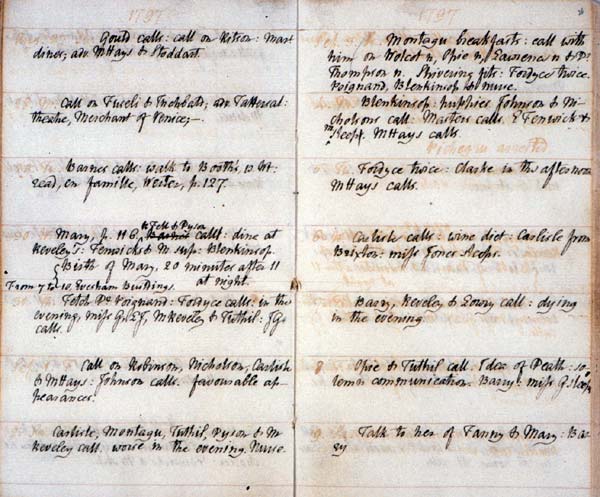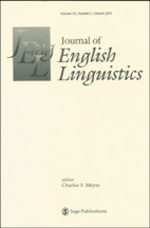
The following articles pertain mainly to primary sources on the Wappo Tribe:
A wonderful collection of materials on the Patwin Language compiled in 2016 by Lewis Lawyer{
http://calangdoc.com/files/patwin-bibliography.pdf

Primary Sources are immediate, first-hand accounts of a topic, from people who had a direct connection with it. Primary sources can include:
Texts of laws and other original documents.
Newspaper reports, by reporters who witnessed an event or who quote people who did.
Speeches, diaries, letters and interviews - what the people involved said or wrote.
Original research.
Datasets, survey data, such as census or economic statistics.
Photographs, video, or audio that capture an event.

Secondary Sources are one step removed from primary sources, though they often quote or otherwise use primary sources. They can cover the same topic, but add a layer of interpretation and analysis. Secondary sources can include:
Most books about a topic.
Analysis or interpretation of data.
Scholarly or other articles about a topic, especially by people not directly involved.
Documentaries (though they often include photos or video portions that can be considered primary sources).
Whether something is a primary or secondary source often depends upon the topic and its use.
A biology textbook would be considered a secondary source if in the field of biology, since it describes and interprets the science but makes no original contribution to it.
On the other hand, if the topic is science education and the history of textbooks, textbooks could be used a primary sources to look at how they have changed over time.
 |
 |
|
Primary Sources |
|
Secondary Sources |
| Artwork | Article critiquing the piece of art | |
| Diary | Book about a specific subject | |
| Interview | Biography | |
| Letters | Dissertation | |
| Performance | Review of play | |
| Poem | Treatise on a particular genre of poetry | |
| Treaty | Essay on a treaty |
A beautiful site hosted by the San Ramon Valley Museum on the Miwok peoples of the San Francisco Bay Area:
https://museumsrv.org/the-bay-miwok-language-and-land/